The digital landscape has changed dramatically over the years; one such prominent innovation is chatbots. The Evolution of Chatbots explains how AI-powered tools have innovated the way businesses communicate with customers in a most convenient and efficient way, like never before.
What is a Chatbot?
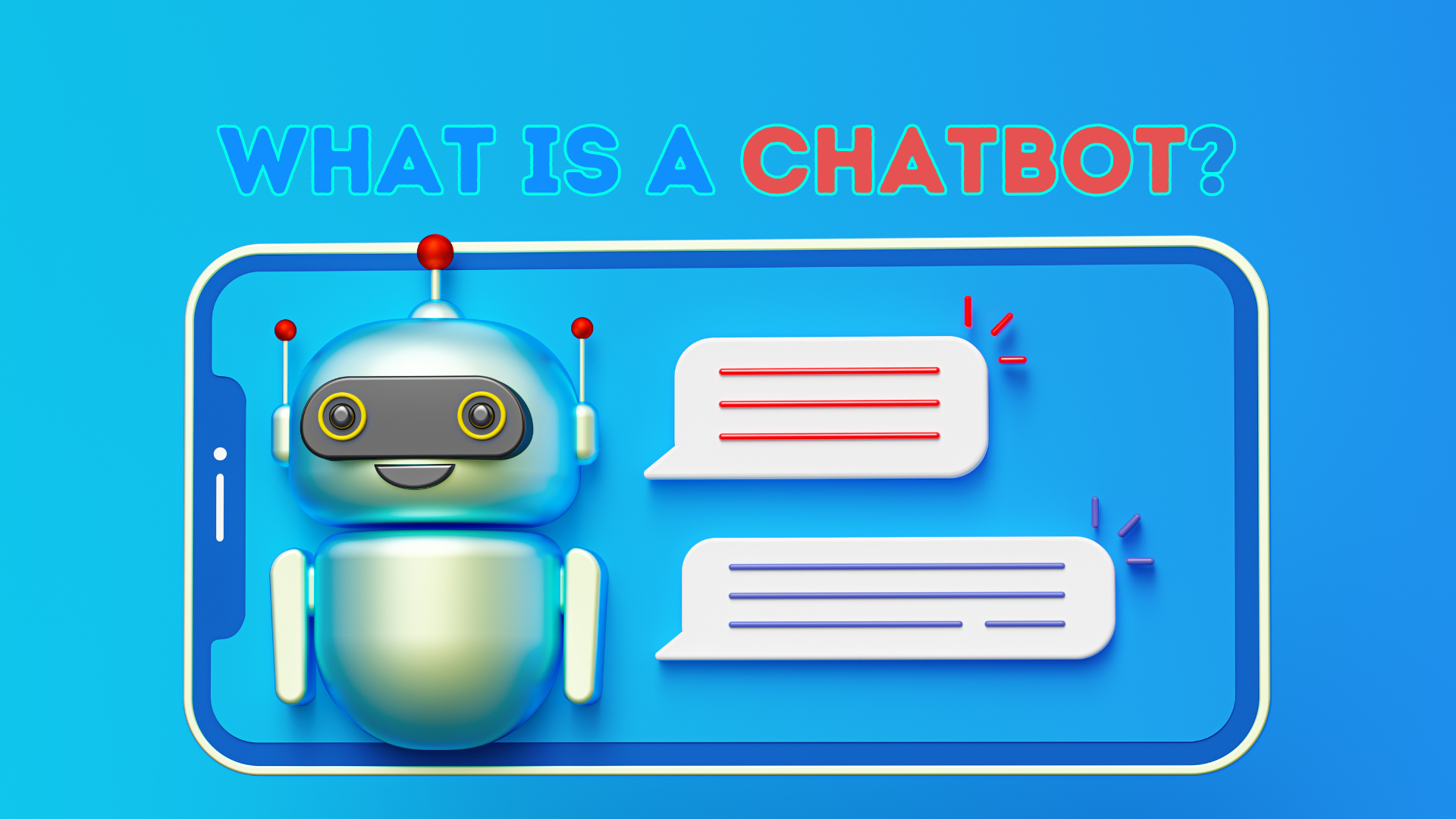
A chatbot is a software application that enables human conversation simulation between humans and computers in natural language suitability. Such interactions can be text- or voice-based, thus allowing smooth communication in customer inquiries, customer relationship management, information retrieval, and personal assistance applications. To understand the evolution of chatbots, it becomes critical to begin with the definition of a chatbot.
The Past and Present State of Chatbots
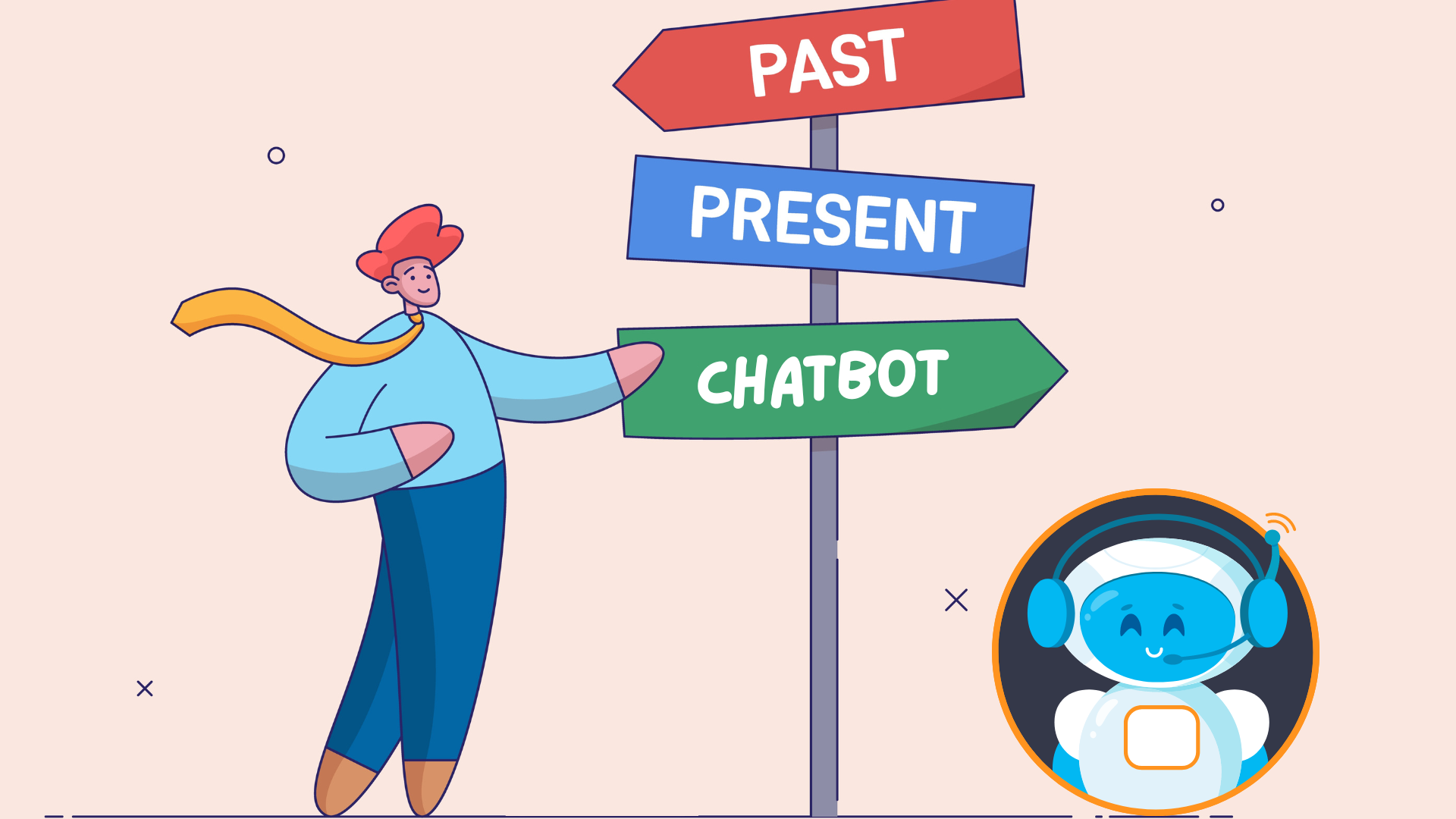
In fact, the evolution of chatbots can be traced back to the very old days of computing. Developed in the 1960s at MIT by Joseph Weizenbaum, ELIZA was the first chatbot. This used pattern matching and substitution methodologies for simulating a conversation, thus opening doors for further development in the future.
Today, chatbots are very advanced, driven by artificial intelligence and machine learning. Modern chatbots are far more advanced, understanding context, handling complex queries, and even exhibiting human-like traits. From being integrated into social media marketing platforms like Facebook Messenger and WhatsApp to business websites, chatbots have become a ubiquitous part of the digital marketing and customer service landscape.
How Do Chatbots Work?
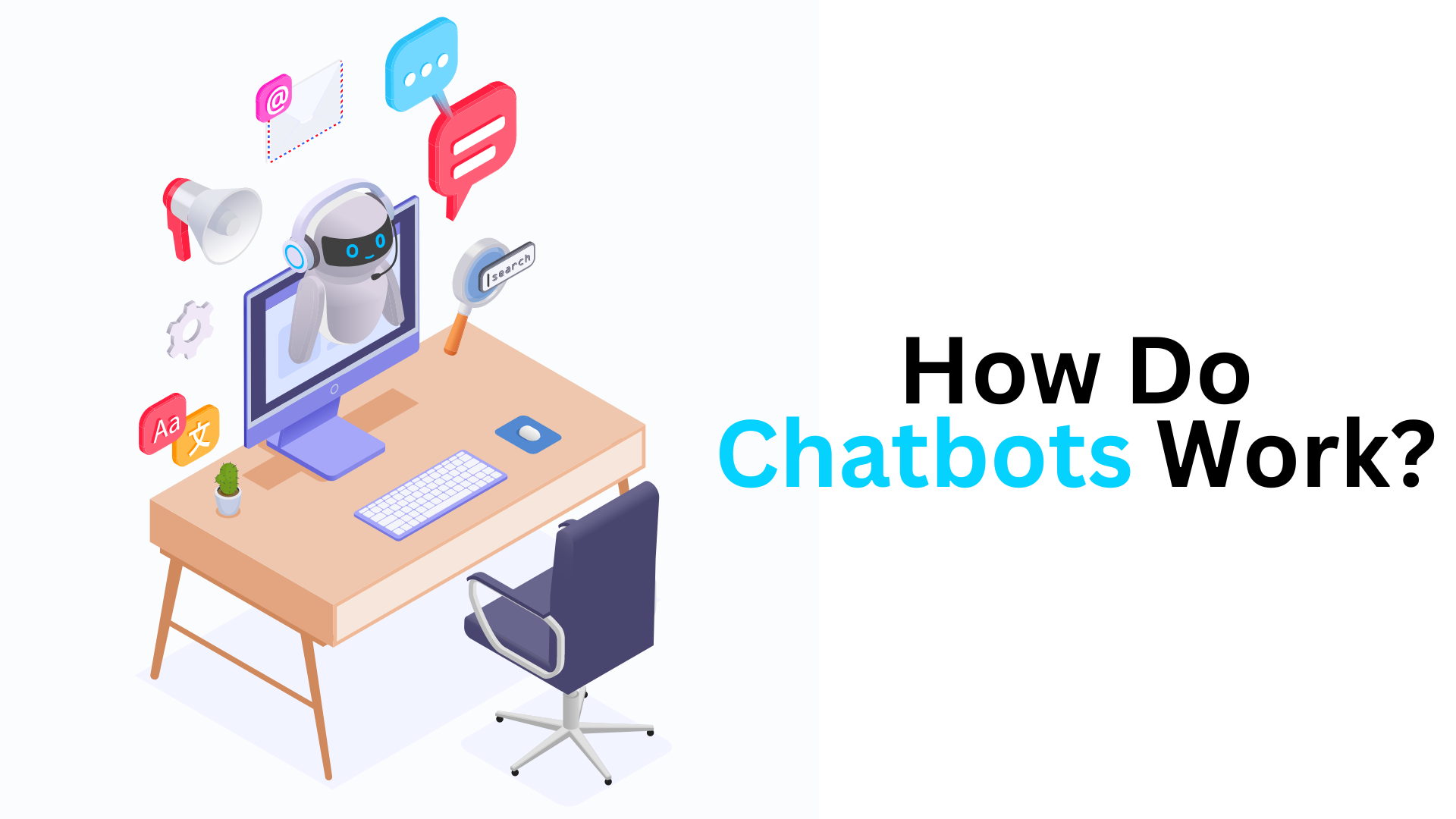
Equally, the evolution of chatbots cannot be appreciated without knowing what lies beneath. Simply put, chatbots work on a mix of NLP, machine learning, and artificial intelligence. Whereas NLP makes it possible for chatbots to receive and process human language, machine learning makes them learn from encounters and constantly improve upon those experiences. All these technologies work in a coordinated way to deliver the right and contextually relevant response, thus making interactions effortless and user-friendly.
The Value Chatbots Bring to Businesses and Customers
The importance of the evolution of chatbots is undeniable, especially in terms of the value they bring to businesses and customers. Some examples of cost-effective solutions that chatbots can offer to any business entity include reducing customer handling by human entities, enabling 24/7 real-time availability. They have simplified the processes, improved response times, and enhanced customer satisfaction.
From the customer’s perspective, chatbots realize real-time support, personalized interaction, and convenience. They help in quickly resolving queries, recommending products, and ensuring a smooth user experience that will go a long way in building brand loyalty and satisfaction.
Advantages of Chatbots
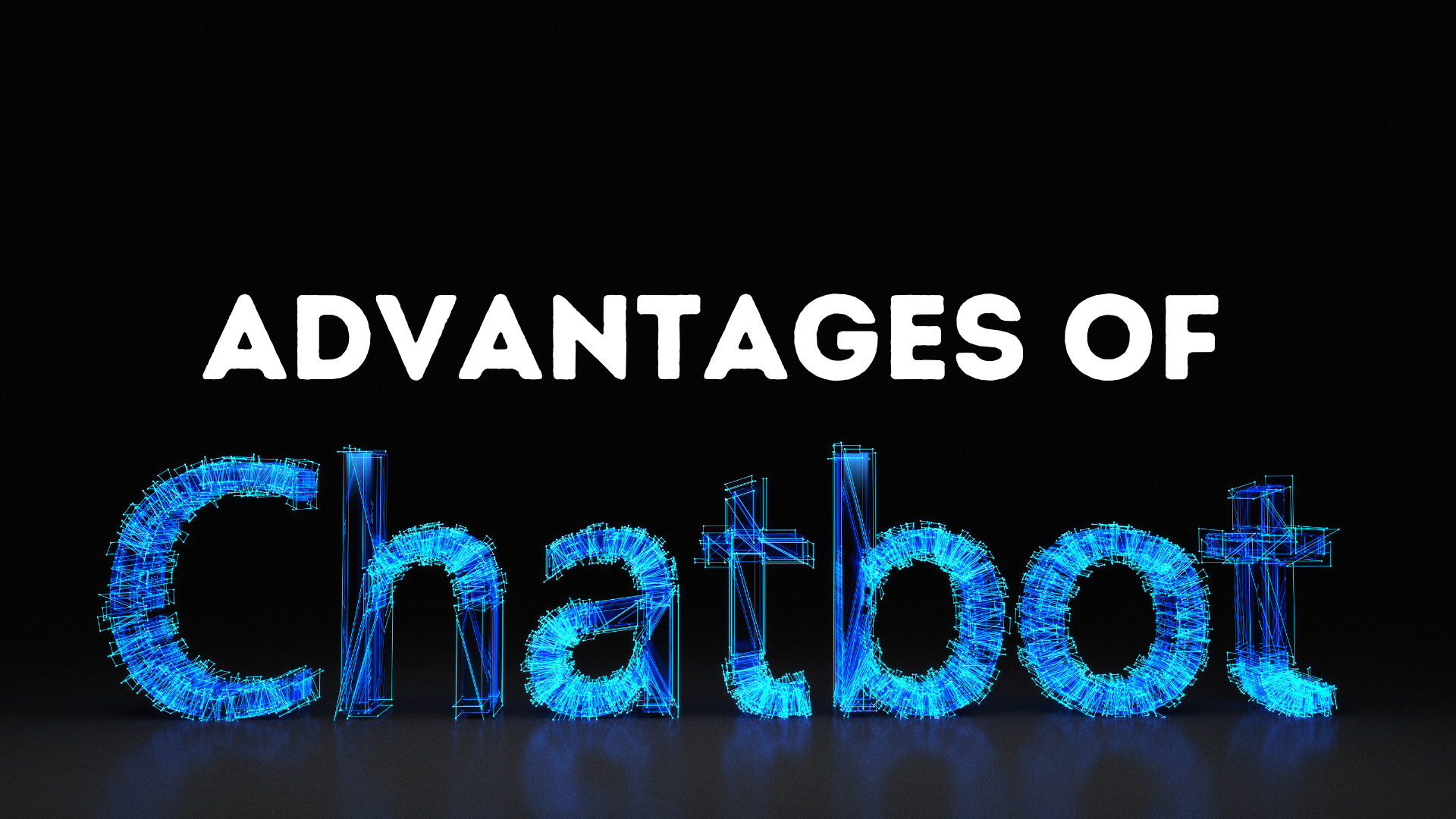
The evolution of chatbots has changed much in the scene of customer service and business operations. Key benefits include:
- Cost Efficiency: Chatbots reduce the need for a large customer support team as they automate simpler inquiries and routine tasks. This reduces not only the labor cost component connected with human resources but also saves human resources for higher complexion issues, making overall operations more economical.
- 24/7 Availability: Chatbots are available round the clock, unlike human agents who work during specified hours. Thus, this ensures that customers from other time zones or those seeking help at odd hours outside regular business hours never miss the opportunity to get help on whichever problems they face, thus improving general customer reach and satisfaction.
- Scalability: Chatbots can support thousands of conversations all at once, and there is no performance degradation as they handle these conversations. This, therefore, means that the scalability of peak times or high web traffic allows them to manage the increased demand without additional staffing.
- Personalization: Current state-of-the-art chatbots are based on advanced algorithms and machine learning that analyze user data and interactions. This helps them to be capable of delivering more personalized solutions to user issues, recommend things based on their preferences, and make interaction relevance higher, all of which enhance customer engagement.
- Speed: Chatbots respond on the instance to whatever queries are posed to them by users. The ability to respond promptly not only enhances customer satisfaction due to reduced waiting time but also helps in operational efficiency through automating the process of handling routine tasks and inquiries.
Disadvantages of Chatbots
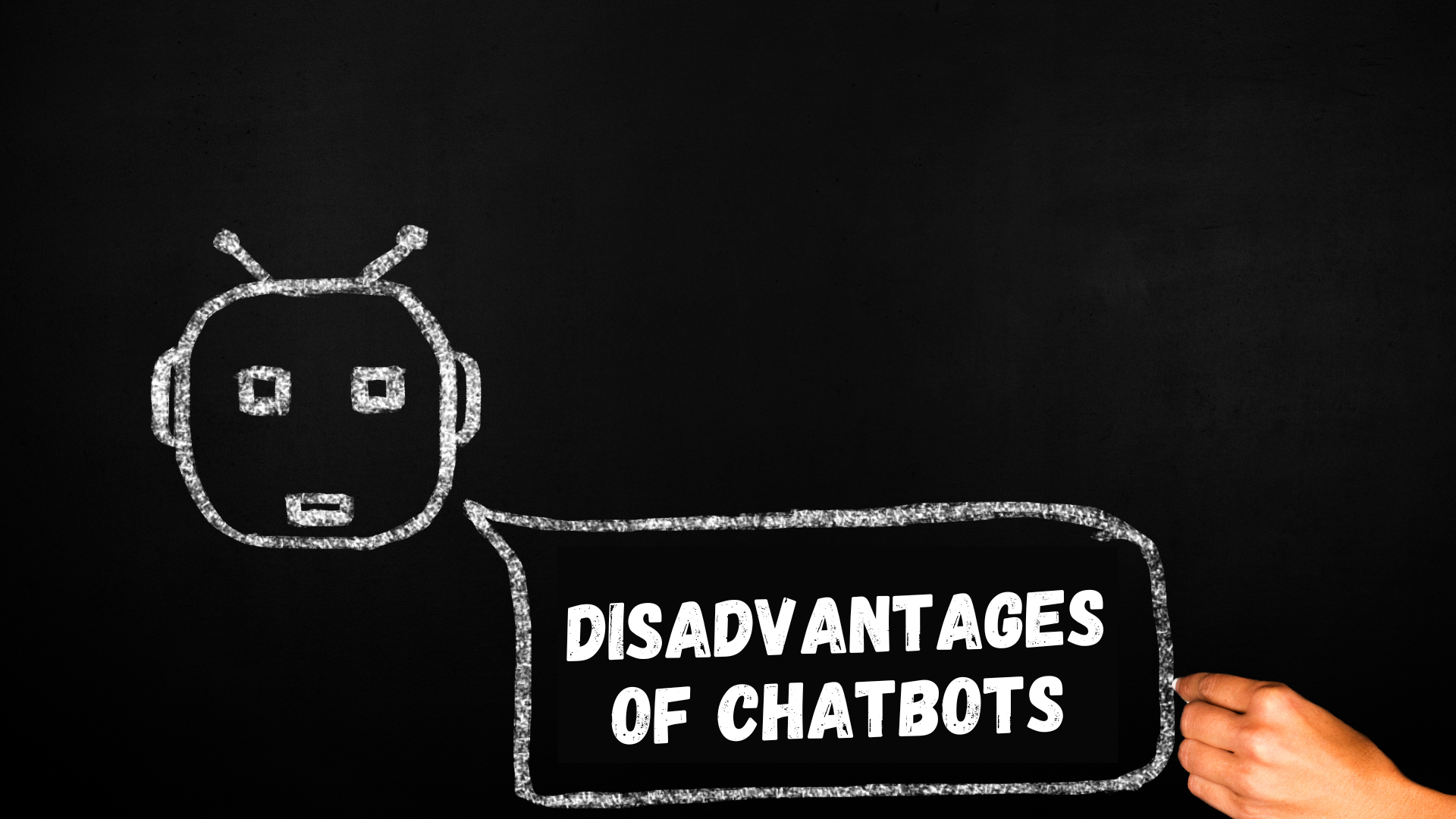
Despite the tremendous progress made in the evolution of chatbots, challenges still remain with these systems:
- Limited Understanding: Such chatbots most often fail to answer compound or unclear questions. How well they are able to process and respond correctly is greatly dependent on their level of programming and the information that has been given to them. If they are nuanced or context-dependent, the responses can be way off, frustrating users.
- Lack of Empathy: While human interaction helps diffuse tricky situations with the required emotionally intelligent output, chatbots lack this. They really can’t understand or empathize with user emotions, which might prove to be a Herculean disadvantage in scenarios that require compassionate communication, like customer support for mental health services or crisis management.
- Dependency on data: The more quality and quantity of data provided for training, the more effective a chatbot is; further, performance can be bad and non-accurate in the case of little or biased data. Moreover, such data can be resource-intensive to maintain and update to keep the AI relevant and effective.
- High Initial Investment: Advanced chatbots require huge technology, talent, and time investments. This is a process that includes designing the architecture of the chatbot, training it with large datasets, and constant refinement. This can be too large of an upfront investment for smaller organizations to make.
- Security Risks: There are a number of security risks when it comes to chatbots. These examples include attacks and data breaches resulting from cyber-attacks. If not properly secured, they could also be used to perform unauthorized access and disrupt various services. Ensuring robust security measures are in place ensures adherence to data protection regulations, mitigating these risks.
Overcoming Chatbot Disadvantages
These limitations the evolution of chatbots can be overcome by the following methods:
- Enhance Understanding: Utilize advanced Natural Language Processing (NLP) and contextual awareness to improve the chatbot’s ability to handle complex queries accurately.
- Infuse Empathy: Accomplish emotion recognition and hybrid models that involve human supervision to provide more empathetic responses, especially during extremely sensitive situations.
- Enhance data dependency: Update and train the chatbot at regular instances with different datasets and feedback to hold on to its high performance and reduce biases.
- Reduce the up-front cost: Modularity from the outset, cloud-based platforms at its core to keep development costs at bay and ensure good scalability.
- Ensure security concerns: Through strong encryption, access controls, and regular security audits in order to help combat the threats of cyber-attacks and ensure the privacy of data.
The Future of Chatbots
The evolution of chatbots is far from complete. Advancements in the fields of AI and machine learning hold some exciting possibilities for the future. We can soon expect more intuitive chatbots capable of understanding and being able to predict human emotions and behaviors. Other technologies, like augmented reality and the Internet of Things, are being integrated with chatbots to make them more functional. As natural language processing evolves further, chatbots will become more conversational and less distinguishable from human interaction, hence, playing a focal role in customer relationship management, healthcare, education, and more.
Conclusion
The evolution of chatbots testifies to how technology has advanced at supersonic speed and entered our lives from almost every angle. From the simplest of chatbots, ELIZA, to the current, more complex AI-driven systems, it is a past whose effects have maximally changed the digital landscape of interaction. Looking ahead to the evolution of chatbots, there is enormous potential for chatbots to further integrate and add functionality to our increasingly digital marketing world.




